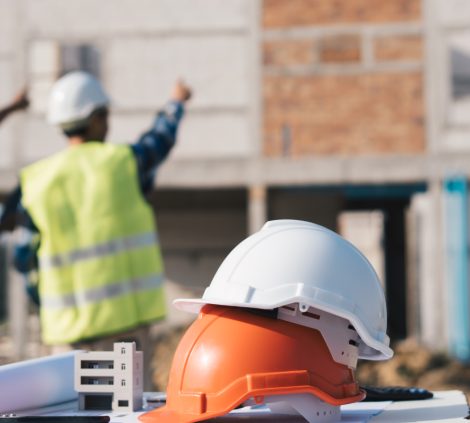Percolation Tests and Soakaway Tests determine whether the ground is suitable for soakaways or sceptic tanks. They are widely used to support planning and development applications, using a natural drainage system to store the immediate surface water run-off allowing natural dissipation and attenuation.
Managing surface water effectively is a vital part of any construction or development project. At A F Howland Associates Limited, we offer professional Percolation Tests and Soakaway Tests in accordance with BRE Digest 365, ensuring your drainage design complies with regulations and performs reliably on-site.
What is a Percolation or Soakaway Test?
A Percolation Test (also known as a Soakaway Test) is a site-based investigation that measures how quickly water drains into the soil. These tests are essential for assessing whether the ground conditions are suitable for a soakaway system—a type of Sustainable Drainage System (SuDS) used to manage surface water runoff.
BRE Digest 365 Soakaway Test (Trial Pit)
The BRE Digest 365 Trial Pit Soakaway Test is by far the most common method of soakaway test. A trial pit is excavated with an excavator to represent the soakaway and we use the time taken for the water level to fall from 75% to 25% is used to calculate the Soil Infiltration Rate (m/sec) enabling soakaway design to be undertaken.
Percolation Test (Hand Dug Pit)
Percolations Tests are undertaken for septic tank installations and small scale developments. The tests which follows the general guidelines of BS 6297/Building Regulations Approved Document H are undertaken in 300mm square hand dug trial pits and we use the time taken for the water level to fall from 75% to 25% is used to calculate the Percolation Rate (sec/mm).
Falling/Rising Head Permeability Test (Borehole)
Falling Head Permeability Tests are carried out in boreholes where the permeable strata is at a greater depth. The borehole or standpipe is filled with water and the time taken for the water to soakaway is used to calculate the Coefficient of Permeability (m/s).
Alternatively, where the groundwater table is high, Rising Head Permeability Tests are carried out where the water level in the borehole or standpipe is reduced by pumping and the time taken for the water to rise is used to calculate the Coefficient of Permeability (m/s).

Ready to take the next step?
Contact us today to discuss your site investigation requirements. Let A F Howland Associates provide the dependable data and expert guidance you need for a successful project.
Contact Us